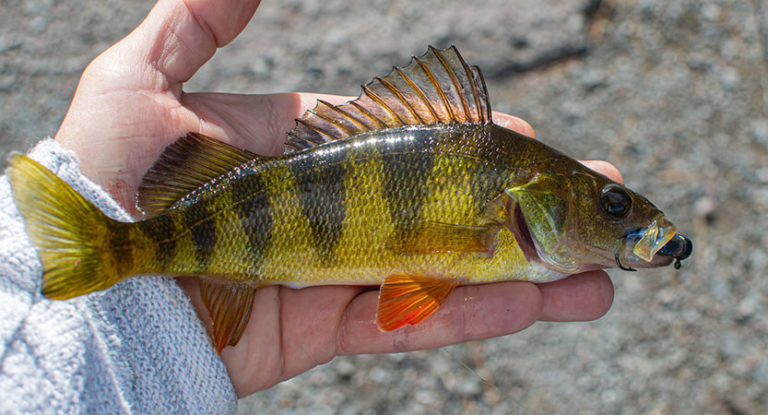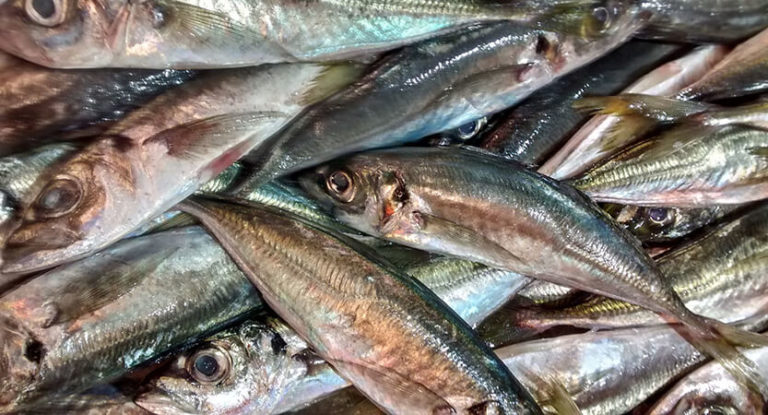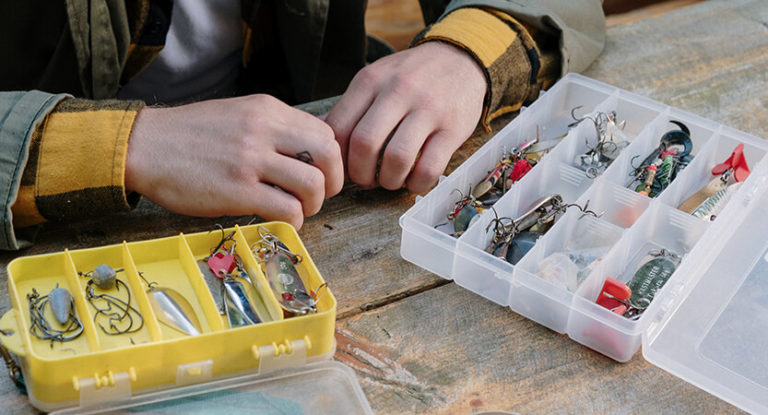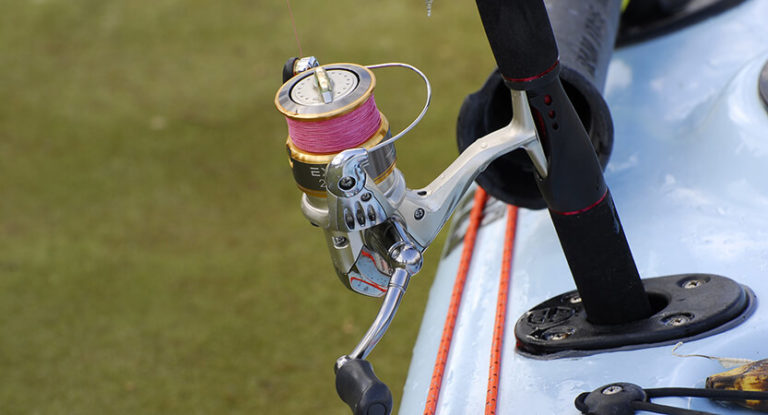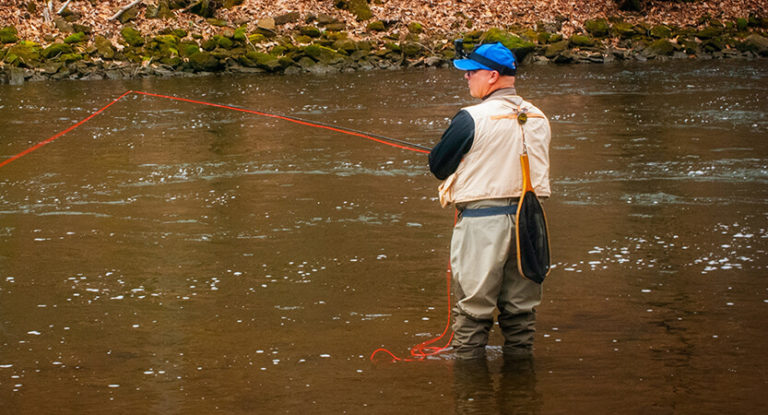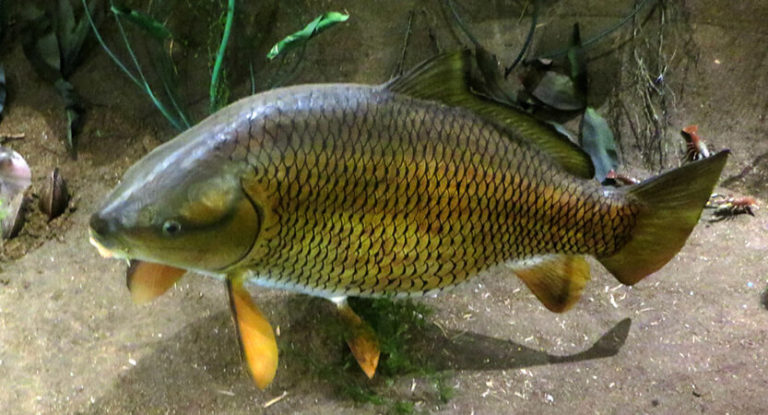A large detachment numbering about 680 species of fish, divided into 14 families. The main feature of all flatfish is the general similarity of body shape and lifestyle. Flounders and other species of the order are bottom, ambush predators. A typical sign of all fish is the location of the eyes from one side of a flat body. It is worth recalling that young flounders begin life, like ordinary fish, swimming in the water and hunting for zooplankton. Growing up, young individuals go through several stages and metamorphoses, and then turn into fish, in which they have a flat, round or tongue-like body.
Here is an overview of the content of this tutorial, feel free to jump to any section you care about:
For more fishing instructions, take a look at these popular Trizily links: Squid Fishing, Bass Fishing.
- The 7 best spinning rods 2022
- The 9 best fishing lines 2022
- The 7 best fishing sunglasses 2022
- The 10 best fish finders for the money 2022
Flatfish Fishing
Characteristics and habits of flatfish
Adult fish have a modified head shape, with lateral eyes. The color of the flatfish is quite diverse, but the underside of the fish, as a rule, has a light, whitish color. The size and weight of the fish of this order are very diverse and vary greatly: from 6-7 centimeters, a few grams, to huge ones – almost up to 5 meters and weight under 400 kg. Fish are very widespread, many species live in the coastal zone of the seas, and often are a favorite object of fishing for local fishermen and vacationers.
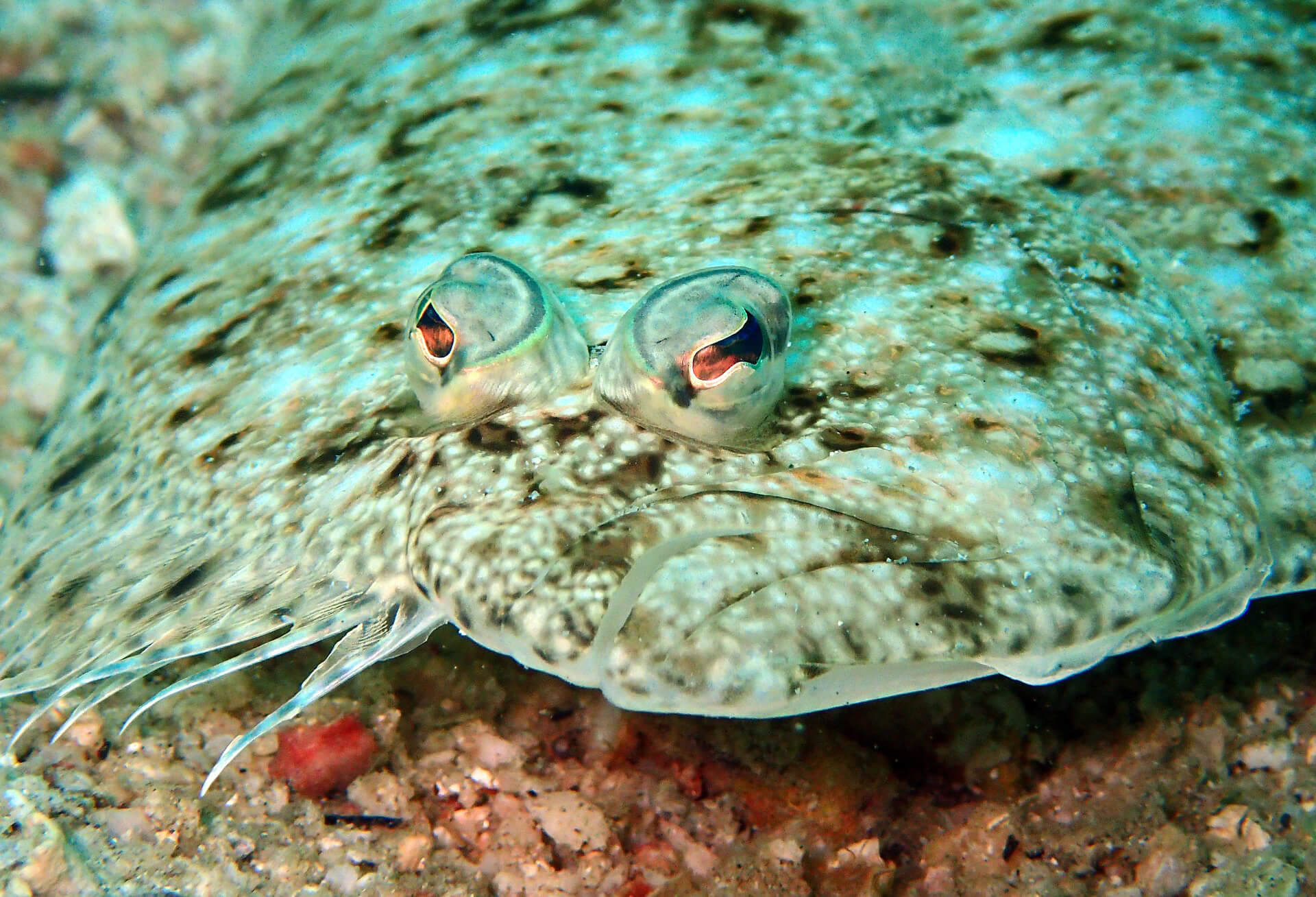
Some flounders perfectly adapted to life in brackish and fresh waters, and therefore are caught not only in the sea, but also in bays and estuaries of rivers. Most species lead a solitary lifestyle, but can form large clusters, probably associated with hunting, in places where food objects are concentrated. Seasonal migrations are possible. Catches of flounder may differ in different years and different seasons.
Reproduction habit of flatfish
Fish become sexually mature at the age of 3-4 years. Spawning takes place in winter – spring time, from December to May. Spawning occurs in portions with interruptions of 3-5 days. Eggs drift for some time in the water column along with plankton. The rate of development of larvae depends on the temperature of the medium. It should be noted that some species spawn a huge amount of caviar – up to a million pieces. Before settling to the bottom and metamorphoses with a change in body shape, young fish feed on invertebrates.
Flatfish fishing guide: Techniques, bait and gear
Flatfish fishing techniques
Halibut are considered in a separate article, here we will focus on fishing for smaller species. Industrial production of flatfish is carried out using trawls and longline gear. In many regions, locals consider flounder to be especially tasty fish and prefer to catch it. Amateur fishing is carried out both from the shore and from boats. The main equipment for catching flounders are various “donks”, often the simplest ones. In addition, you can catch on float, multi-hook, such as “tyrant” or combined snap. Of course, on spinning rods with artificial baits. In winter, in coastal areas with stable freezing, flounders are also actively caught for winter gear. In such regions, winter and summer gear for vertical fishing may not differ from each other. It is worth noting that for fishing for flatfish, on natural baits, and not only, a lot of methods and accessories were invented.
Spinning for flatfish
Interesting enough to catch flatfish on a spinning rod. When fishing in the coastal zone, along with other types of predators, flounders react to traditional spinning lures. When choosing a gear, first of all, it is worth focusing on the size of possible trophies and the tasks for which you decided to use fishing tackle while relaxing on the sea coast. Fishing for spinning flounders can be a very exciting experience. When coastal fishing, this is an excellent object for fishing for light and ultra-light gear. For this, spinning rods with a weight test of 7-10 grams are quite suitable.
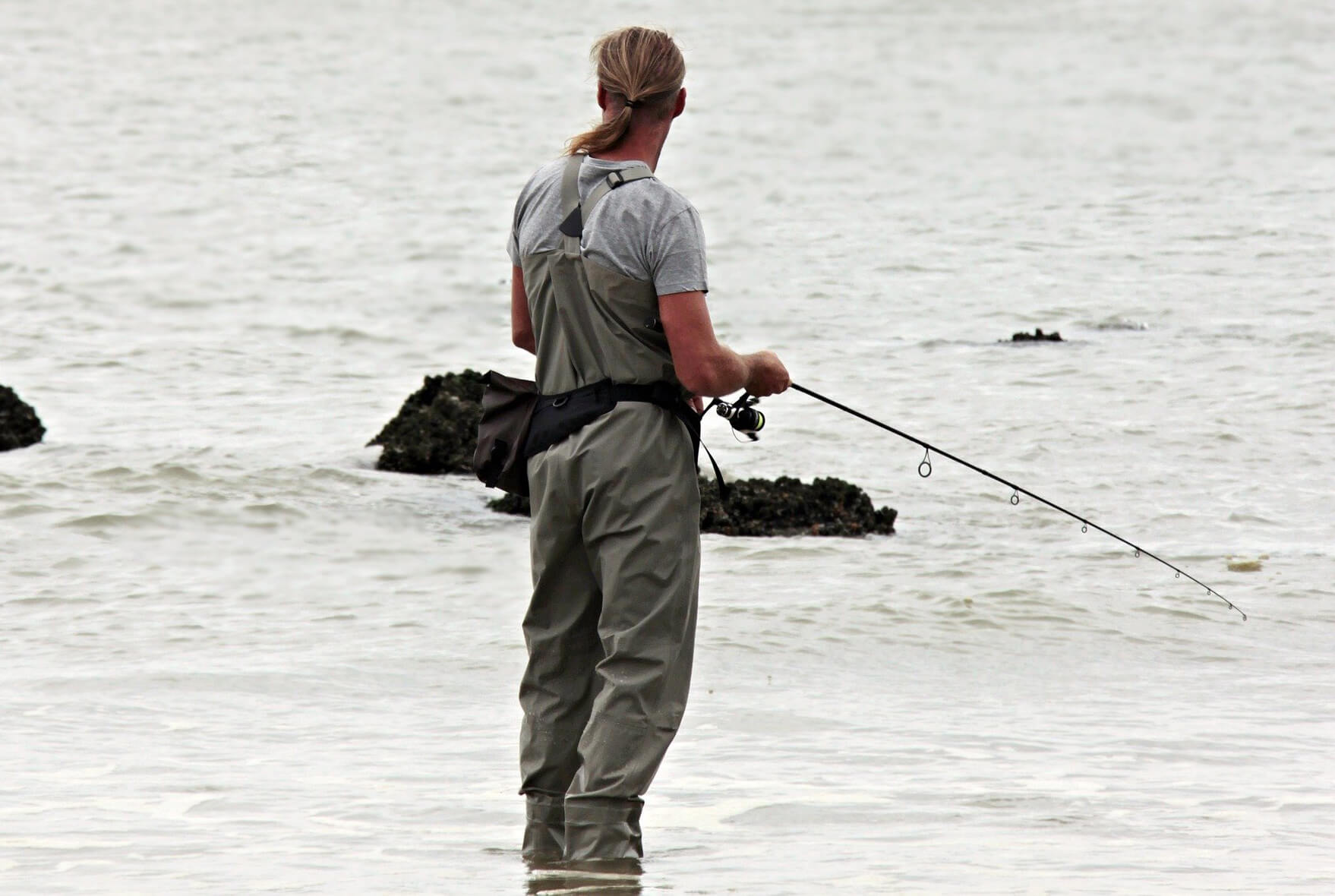
Specialists in retail chains will recommend a large number of different lures. The choice of cord or monolesque depends on the desires of the fisherman, but the cord, due to its low extensibility, will enhance the manual sensation of contact with the biting fish. The reels must fit, in weight and size, to a light rod. In addition, it is desirable to protect the housing from sea water.
Ice fishing for flatfish
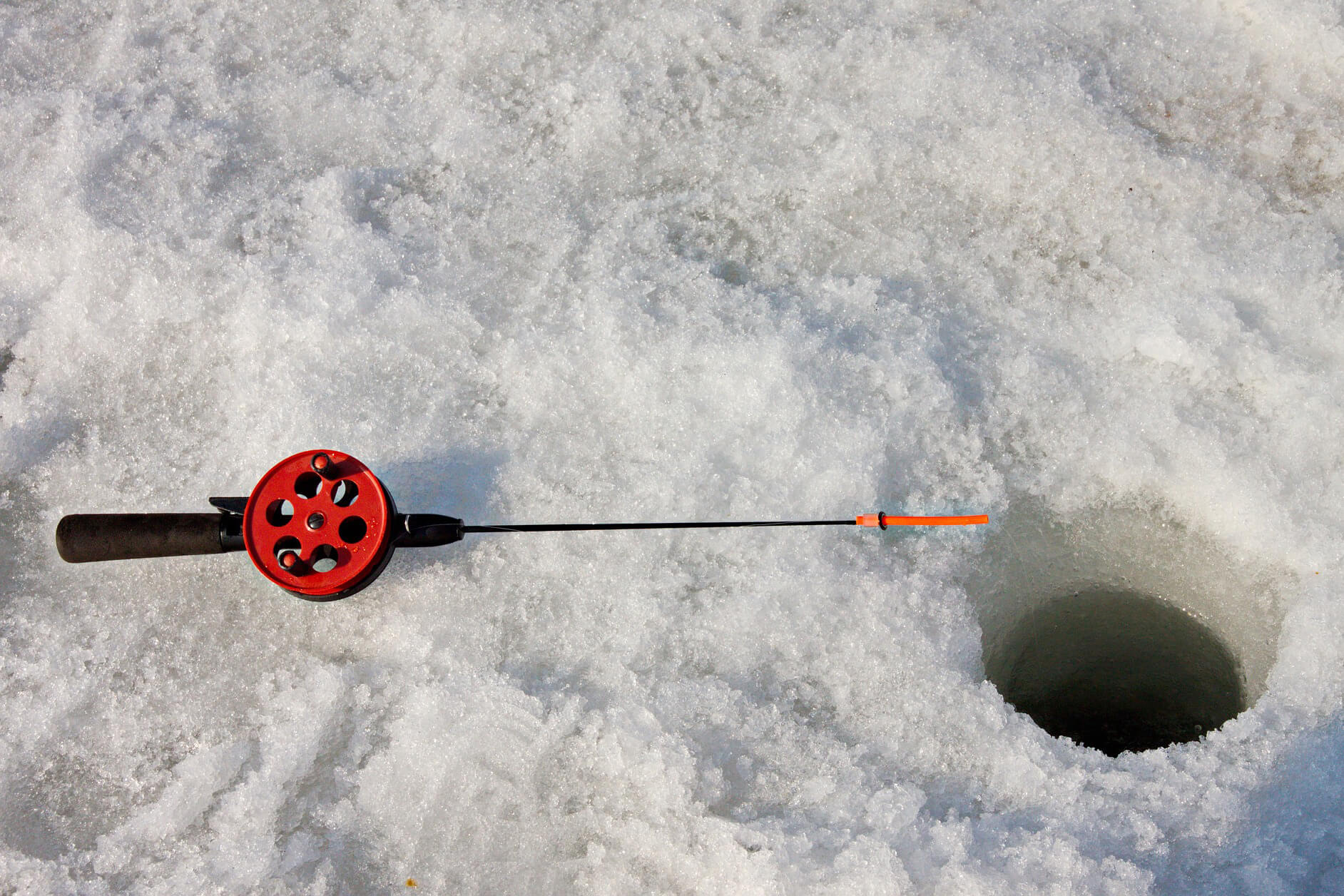
In winter, targeted fishing for flatfish is best done with experienced local anglers. The fact is that flounder, although it adheres to certain specific areas of the sea topography, can change its habitat, in addition, it is desirable to know the bottom orography. Many fishermen have a traditional winter, float equipment – a “longitudinal”. An important feature in this kind of fishing is the presence of at least an insignificant flow, the harness is stretched along the movement of water. It has been observed that flounder activates during high tides. For fishing, you can use traditional winter fishing rods and accessories. When fishing from ice flounders, a small hook can be an important accessory.
Catching flatfish on bottom gear
Flatfish respond best to bottom gear. For fishing from the coast, it is worth using rods to cast heavy sinkers and feeders. Sea bottom gear is usually quite long and with voluminous reels. This is due to distant, power casts, which is important in the surf zone with frequent, strong winds.
Nevertheless, fishing on the bottom tackle habitual for “freshwater fishermen” is quite possible, including a feeder and a picker. Moreover, they are very convenient for most, even inexperienced anglers. With a certain modification of snap-ins, they allow the fisherman to be quite mobile in the sea pond, and because of the possibility of spot feeding, they can quickly “collect” fish in a given place. The feeder and picker, as separate types of equipment, currently differ only in the length of the rod. The basis is the presence of a bait tank-sinker (feeder) and replaceable tops on the rod. The tops vary depending on the fishing conditions and the weight of the feeder used.
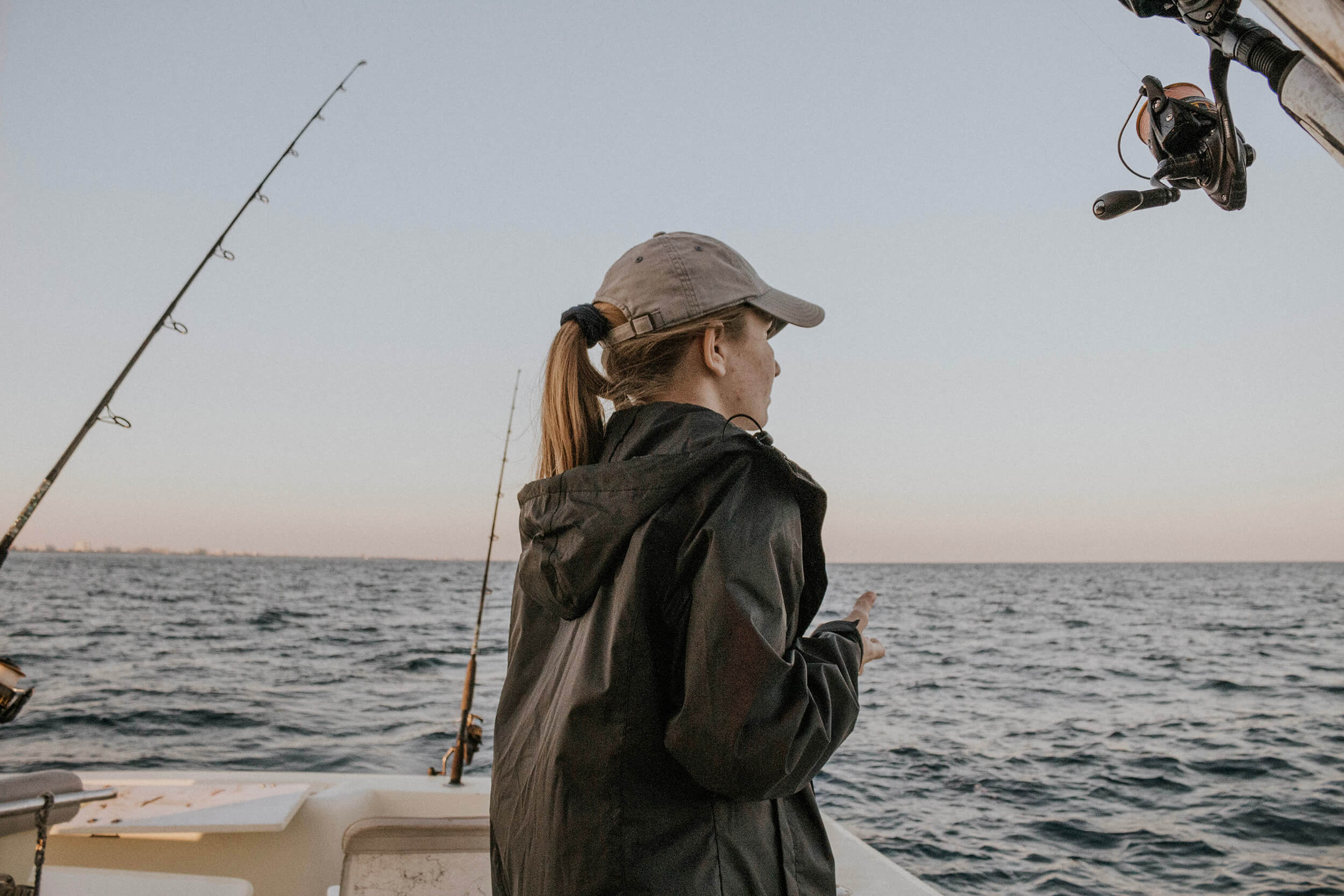
Nozzles for fishing can be any nozzle, either of vegetable or animal origin, as well as pasta and more. This fishing method is available to everyone. Tackle is not demanding on additional accessories and specialized equipment. This allows you to fish in virtually any water body. It is worth paying attention to the choice of feeders in shape and size, as well as bait mixtures. This is due to the conditions of the pond and the food preferences of the local fish.
Flatfish fishing bait
To catch flatfish on the bottom, winter or float tackle, a variety of natural baits are used. This can be cutting fish fillet, clam, crustacean, and more. Especially popular with fishermen, a nozzle made of sea worms – Nereids and others. When fishing on multi-hook gear using artificial baits, various silicone baits or small baits can be used. Spinning flounder fishing, most often, is carried out on a par with other fish, for example, sea bass. Bait, as a rule, should correspond to the expected trophy, and the wiring is done as much as possible at the bottom. The choice is traditional for catching small marine predators.
Where to catch flatfish
There are more than 30 species of flounders. These fish live in all seas washing the borders. The popularity of this fish among the local population and fishing enthusiasts is also connected with this. As already noted, many species inhabit the coastal zones of the seas and therefore often become the coveted prey of fishermen. Most often, flounders adhere to deeper places. Large flatfish, caught at sufficiently large depths.

